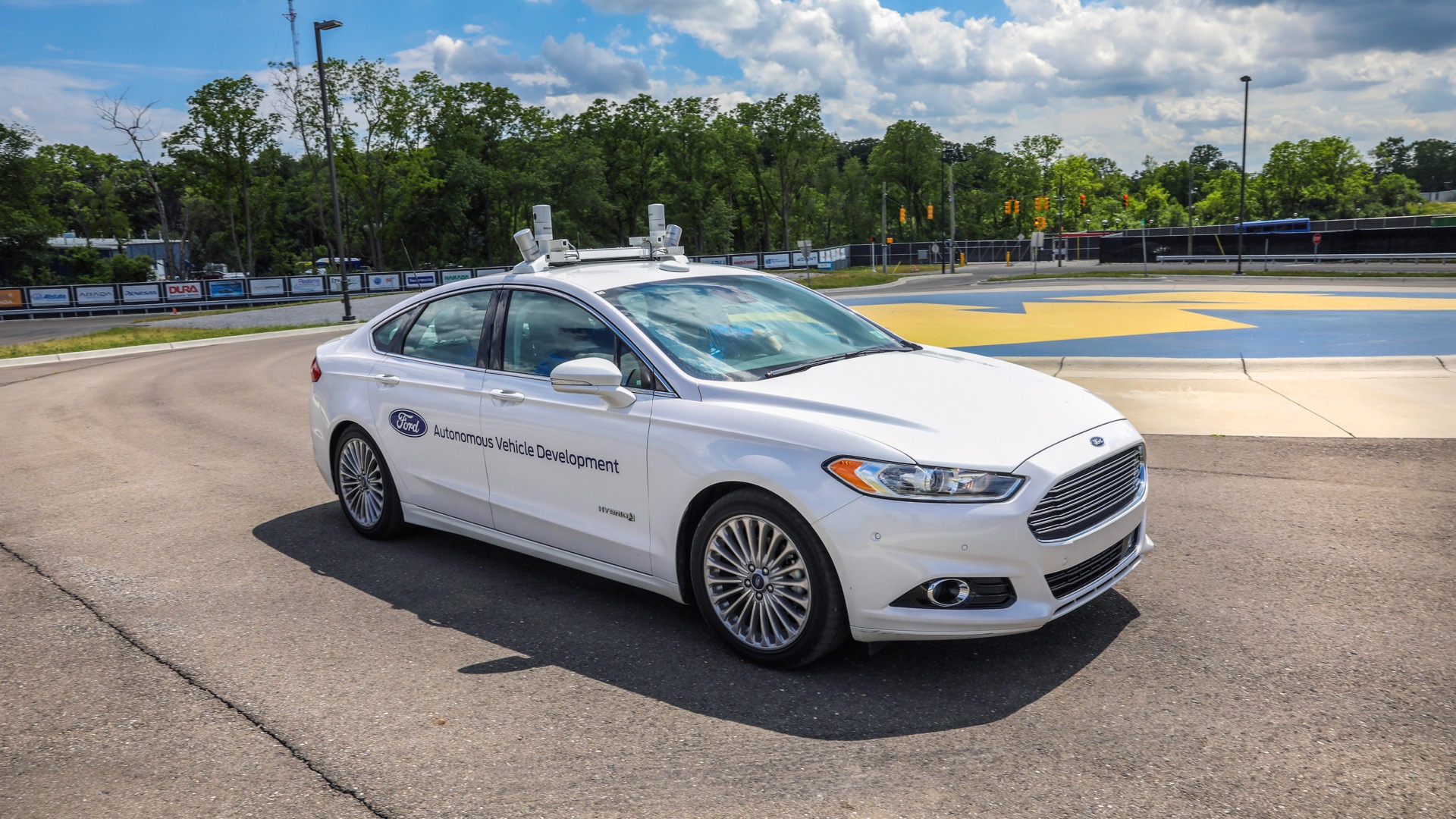

In a possible future where most people use shared self-driving cars instead of owning their own vehicles, automakers and fleet operators will determine the color of most cars on the road. They’re likely to pick lighter hues, according to automotive paint supplier Axalta.
Lighter colors are more reflective, and thus easier for lidar units to pick up, Nancy Lockhart, Axalta global color marketing manager, told USA Today. Darker colors aren’t impossible to detect, but they are more difficult, Lockhart explained. Most autonomous cars combine lidar with radar and cameras, which are less affected by the color of objects.
Some companies are already showing a preference for lighter colors. Waymo, Ford, and General Motors’ Cruise Automation division all paint their prototype self-driving cars white. Not every company follows that trend (Uber paints its Volvo XC90 test mules gray) a pattern is definitely emerging.
Axalta is trying to find ways to make darker colors more visible to lidar, too. It’s experimenting with mixing flakes of reflective material into paint so that self-driving cars will be able to “see” it better, without affecting how the color looks to the human eye. Rival PPG Industries claims to have a way to make black 20 to 30 percent more reflective.
It would be great if companies could preserve the full spectrum of paint colors currently available for cars. Even if people stop driving, we’ll still have to look at cars, and it would be nice if the roads of the future didn’t look like the inside of an Apple Store.
But global roads are already becoming less vibrant, and not because of self-driving cars. According to Axalta’s 2017 Global Automotive Color Popularity Report, white was the most popular car color in the world last year. Black was ranked second, with gray and silver tied for third place. It seems boring colors appeal to both human and machine eyes.